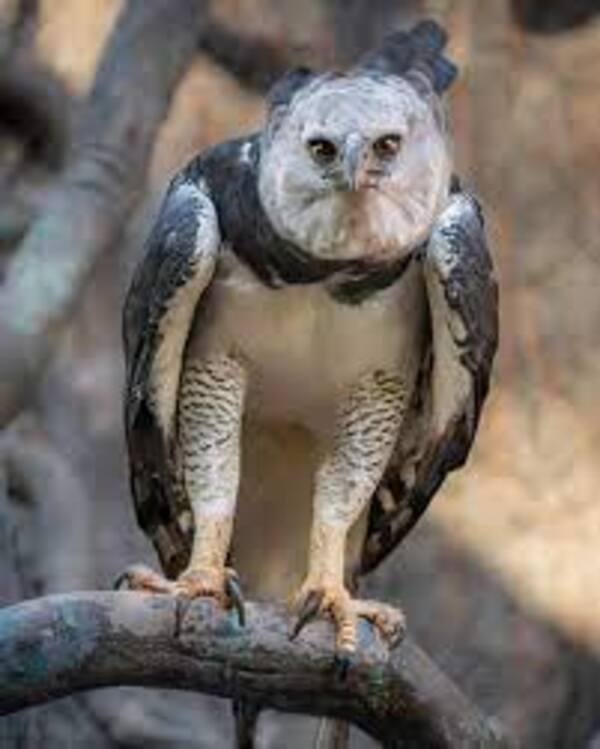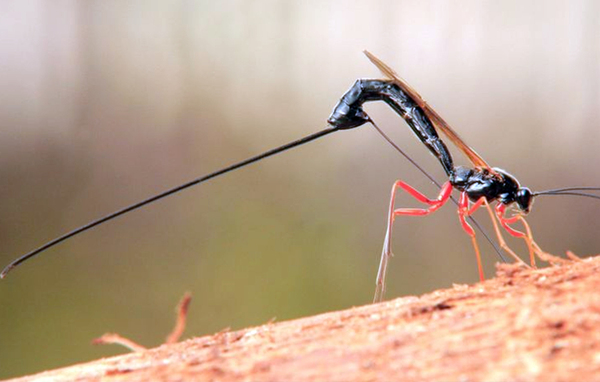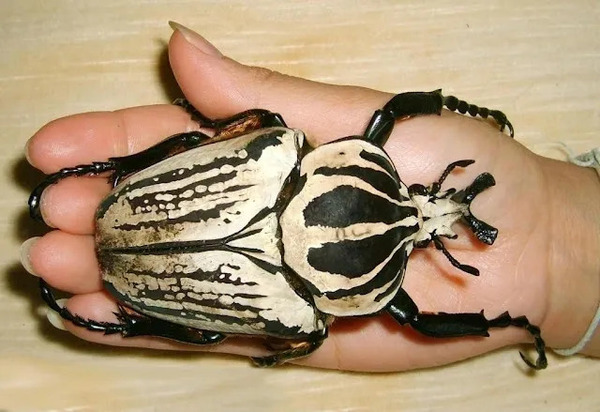The Amazon rainforest is one of the most biodiverse places on Earth, home to many rare and extraordinary species. Here’s an in-depth look at ten remarkable animals, including their conservation status and the challenges they face. If you know more about other Amazonian creatures, please share in the comments!

Scientific Name: Inia geoffrensis
Conservation Status: Vulnerable
The pink river dolphin, or boto, is famous for its pink hue and intelligence. It inhabits the Amazon and Orinoco river systems. Threatened by habitat loss, pollution, and accidental capture in fishing nets, conservation efforts focus on protecting its natural habitat and raising awareness about its plight.

Scientific Name: Hydrochoerus hydrochaeris
Conservation Status: Least Concern
As the largest rodent in the world, the capybara is commonly found near water bodies throughout the Amazon. While it is currently not endangered, habitat destruction and hunting for meat and skins pose potential threats. Conservation initiatives aim to maintain healthy wetland ecosystems to support their populations.

Scientific Name: Harpagornis harpyja
Conservation Status: Near Threatened
The harpy eagle, one of the largest eagles globally, faces habitat loss due to deforestation. Its reliance on large trees for nesting and hunting makes it particularly vulnerable. Conservation efforts are focused on protecting large forested areas and educating local communities about the importance of this apex predator.

Scientific Name: Phyllomedusa bicolor
Conservation Status: Data Deficient
This hallucinogenic tree frog is integral to some indigenous cultures in the Amazon. While not currently classified as endangered, its habitat is threatened by deforestation and climate change. Efforts to study its ecology and promote sustainable practices can help ensure its survival.

Scientific Name: Clistopyga crassicaudata
Conservation Status: Not Evaluated
The giant stinger wasp plays a unique role in the Amazon ecosystem as a parasitoid. While its specific conservation status is not well documented, habitat destruction and pesticide use may pose risks. Research on its ecological impact can help inform conservation strategies.

Scientific Name: Rhinella marina
Conservation Status: Least Concern
Originally from the Amazon, the cane toad has become an invasive species in places like Australia. While not endangered in its native habitat, its toxic secretions pose risks to local wildlife. Conservation efforts are focused on managing its spread and studying its potential medical applications.

Scientific Name: Rhynchophorus palmarum
Conservation Status: Not Evaluated
This beetle is both a pest and a nutritional source for indigenous communities. While its specific conservation status is unclear, sustainable farming practices can help balance its role as a pest with its cultural significance.

Scientific Name: Titanus giganteus
Conservation Status: Not Evaluated
The Titan beetle is one of the largest insects on Earth, primarily found in the Amazon rainforest. While not currently endangered, habitat destruction due to logging and agriculture poses potential threats. Preserving forest habitats is crucial for its survival.

Scientific Name: Basiliscus basiliscus
Conservation Status: Least Concern
Famous for its ability to run on water, the Jesus Christ lizard thrives in tropical habitats throughout the Amazon. It faces threats from habitat loss and pollution but is currently not at risk. Conservation efforts focus on preserving wetland ecosystems.

Scientific Name: Priodontes maximus
Conservation Status: Vulnerable
The giant armadillo is the largest of its kind and plays a crucial ecological role by digging burrows. Habitat loss and poaching threaten its population. Conservation strategies include protecting its habitat and raising awareness of its ecological importance.
The Amazon is a vibrant ecosystem full of wonders, and these rare animals highlight the incredible diversity of the region. Protecting their habitats and raising awareness about their conservation status is vital for their survival. If you have insights or knowledge about other fascinating Amazonian species, please share in the comments!
animal tags: Amazonian-species
We created this article in conjunction with AI technology, then made sure it was fact-checked and edited by a Animals Top editor.